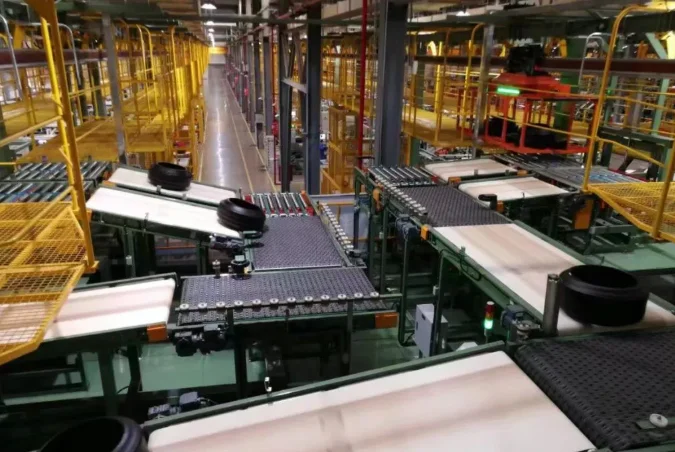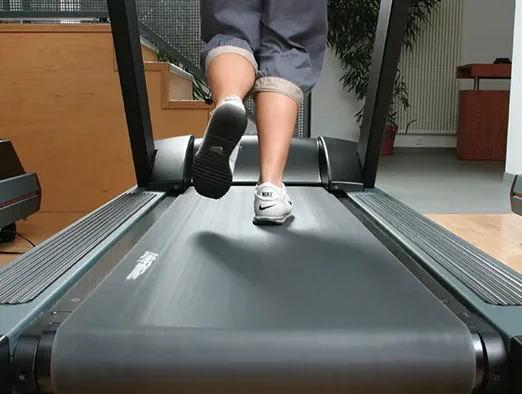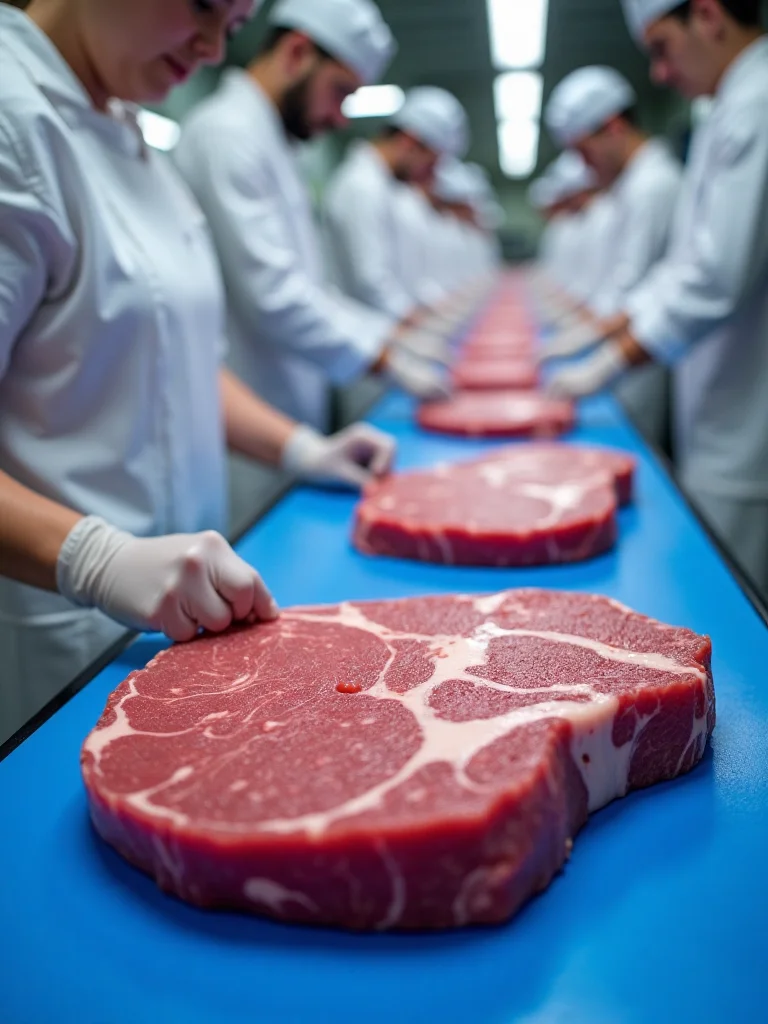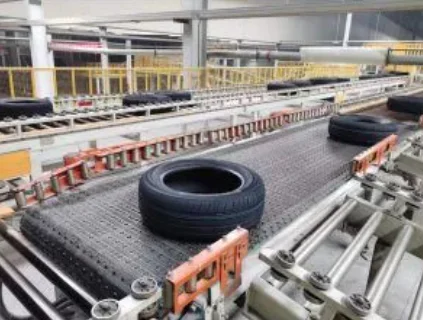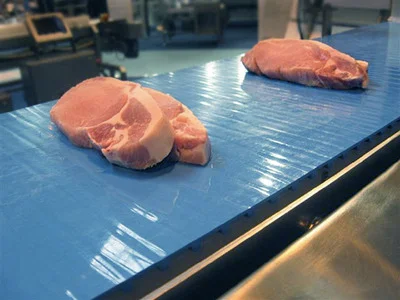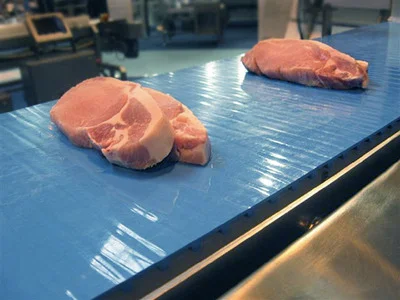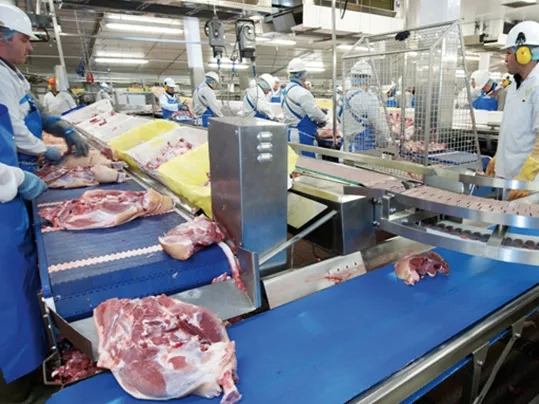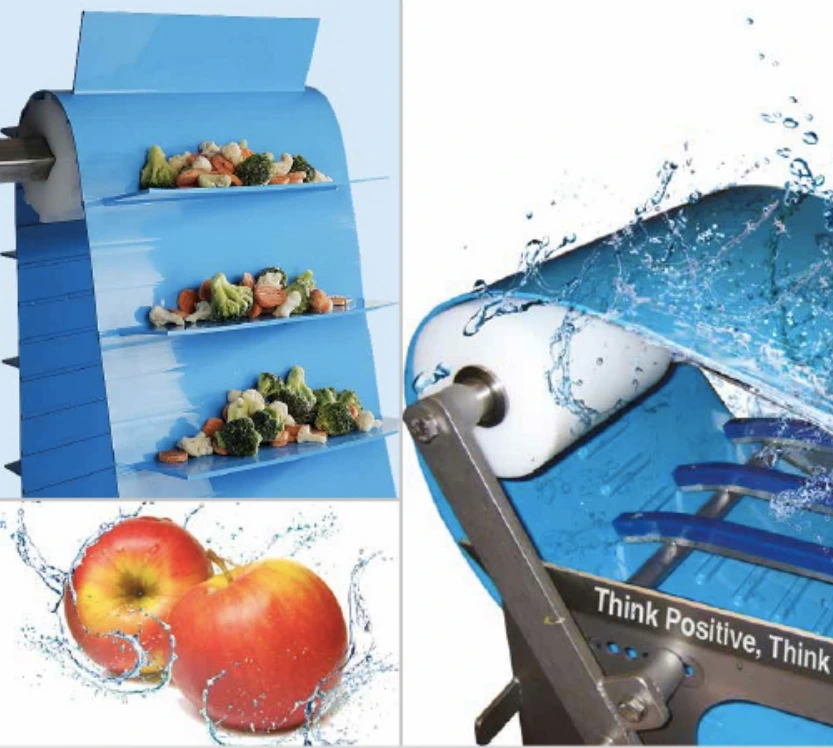Conveyor belts in woodworking have tough jobs. They slip or move off track sometimes. This slows work and hurts wood quality. This guide talks about common problems and how to fix them. It shows how Uyang Belting’s special belts make things better. You’ll learn about strong materials, cool tracking tools, and easy care tips to make your woodwork run smoothly.
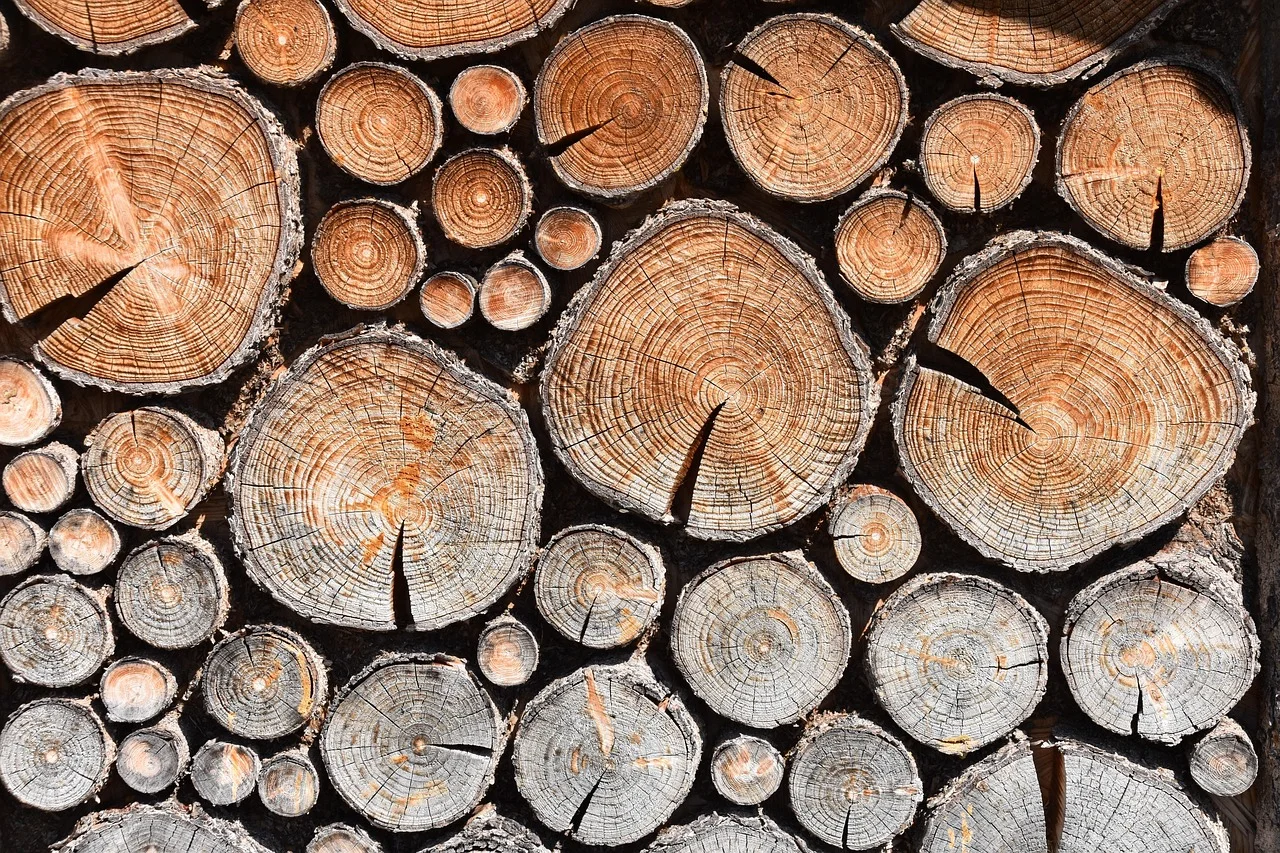
Common Challenges in Woodworking Conveyor Belts
What Causes Slippage in Conveyor Belts?
Slippage is a big problem for woodworking belts. It slows down work. It can mess up materials. The main issue is loose belts. If the belt isn’t tight enough, it slides on the pulleys. Sawdust, oil, or dirt in wood shops makes it worse. These things make the belt slippery.
Worn-out belts slip too. Wood chips and constant use wear them down. They lose grip. Bad setup or crooked parts also cause uneven pulling. This makes the belt slip more.
Why Do Misalignment Issues Occur?
Misalignment happens when the belt goes off its path. Bad setup or poor care can cause it. Loading wood unevenly pushes the belt to one side. Worn rollers or pulleys don’t guide it right either.
Hot or cold weather can mess things up too. Some belts stretch or shrink unevenly. In wood shops, machines shake a lot. This makes belts move off track.
How Do Slippage and Misalignment Impact Efficiency?
Slippage and misalignment slow things down. Slippage makes wood move slower. This delays work. Misalignment wears out belts and parts like rollers. This shortens their life. It costs more to fix.
In wood shops, timing matters for cutting or sanding. Slippage causes uneven cuts. Misalignment makes wood finish look bad. Both hurt product quality.
Features of High-Performance Woodworking Conveyor Belts
What Materials Ensure Durability?
Strong belts use tough stuff like rubber or polyurethane. Rubber belts are great for heavy jobs, like moving big wood planks. They handle scratches well. Polyurethane belts are smooth and last long. They work great in busy wood shops.
These materials stand up to oils and chemicals in wood shops. They don’t break easily. This means less stopping for new belts.
How Do Surface Properties Enhance Grip?
A belt’s surface helps stop slipping. Special coatings or patterns make it grippy. Plastic modular belts are awesome for wood shops. They keep traction even with sawdust around. Different patterns fit different jobs in woodworking.
What Role Do Tensioning Mechanisms Play?
Good tensioning keeps belts working right. Flat belts use powered pulleys to stay tight. Smart tension tools adjust automatically when loads change. This keeps things running smoothly without extra work.
Strategies for Reducing Conveyor Belt Slippage
What Installation Practices Are Crucial?
Setting up belts right stops slippage. Check manuals from makers like Uyang Belting. They show how to set things up. Make sure all parts line up during setup. This stops stress that causes slipping. Check belts after setup. Look for damage early to avoid big problems.
How Can You Adjust Tension Levels Effectively?
Fixing tension is an easy way to stop slipping. Medium-weight belts work well in wood shops. They’re strong but bendy. Use special tools to tighten belts just right. Don’t make them too tight. That can hurt the belt or parts.
Are Specialized Coatings Effective Against Slippage?
Yes, special coatings help a lot. They make belts grippy. Anti-static and tough coatings work great in wood shops. Sawdust doesn’t stick as much. You can pick coatings that fit your shop’s needs.
Techniques to Address Conveyor Belt Misalignment
How Can Pulley and Roller Alignment Improve Operations?
Lining up pulleys and rollers is super important. It keeps belts on track. Crooked pulleys cause slipping and wear. Use tools to check alignment often. Fix problems early. In wood shops, sawdust gets on rollers. Clean them regularly. This keeps belts running smoothly.
Good setup at the start helps too. It stops alignment issues later. This cuts downtime and makes work faster.
What Role Do Tracking Devices Play in Maintaining Alignment?
Tracking devices are awesome for keeping belts straight. They watch the belt’s position. They fix it if it moves off track. Wood shops have lots of shaking. Tracking devices handle that. They adjust for different loads too. This keeps belts working well.
Are Automatic Alignment Systems Worth Considering?
Automatic alignment systems are really cool. They use sensors to check the belt. They fix it without you doing anything. In wood shops, these systems are great for precise jobs. They handle uneven loads or weather changes. They save time and make belts last longer.
The Role of Uyang Belting Products in Optimizing Performance
How Do Uyang Belting Solutions Prevent Slippage?
Uyang Belting makes belts that stop slipping. Their belts have special surfaces for extra grip. They work great in wood shops with sawdust or oil. Uyang Belting offers over 200 surface patterns. These keep wood moving without slipping. This speeds up work.
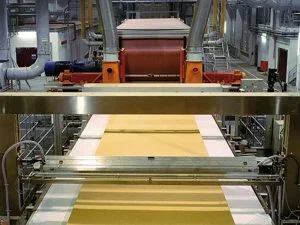
Which Uyang Belt Models Excel in Anti-Slip Applications?
Some Uyang Belting models are perfect for grip. Rubber belts are strong for big wood planks. They don’t wear out fast. Polyurethane belts are smooth and tough. They fit many wood shop jobs. You can pick surface patterns for your shop’s needs. This makes belts work better.
How Does Uyang Address Misalignment Challenges?
Uyang Belting uses smart tracking tech. It adjusts belts automatically. This keeps them on track. For wood shops needing perfect cuts, like for veneers, Uyang Belting gives special advice. Their belts make work faster and wood better.
Enhancing Overall System Efficiency with Uyang Belting
Why Choose High-Quality Conveyor Belts for Woodworking?
Good belts make wood shops work better. Strong materials like rubber or polyurethane handle tough jobs. They don’t break often. This means less stopping for fixes. Medium-weight belts are great for wood shops. They’re strong and bendy, like in mining or cement work.
How Can You Save Costs Through Reduced Downtime?
Less slipping and misalignment saves money. Uyang Belting’s special belts stop these problems. Automatic systems cut down on hand fixes. This keeps work going without breaks. It lowers repair costs over time.
FAQs
Q1: What causes frequent misalignment in woodworking conveyor belts?
A: Uneven wood loads or worn rollers push belts off track.
Q2: How do tracking devices improve conveyor belt performance?
A: They watch the belt and fix its position. They handle shakes or weather changes.
Q3: Are there customizable options available for specific woodworking needs?
A: Yes, Uyang Belting offers belts with special patterns. They fit your shop’s unique jobs

